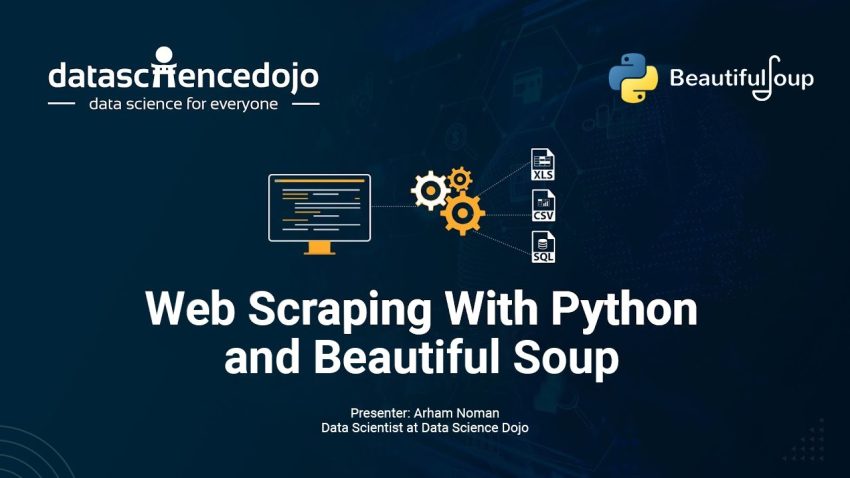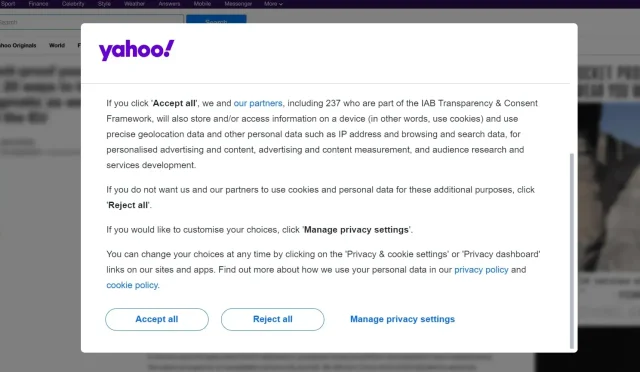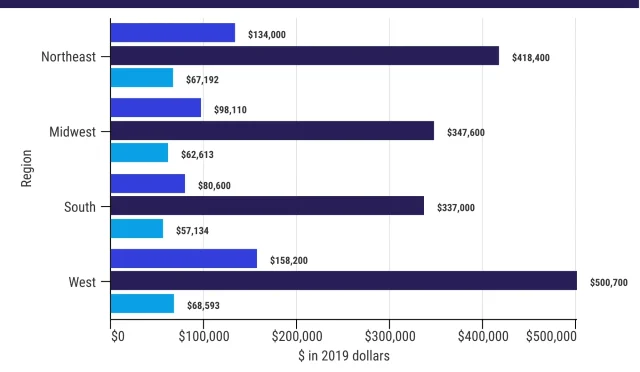Web scraping with Python has become an essential skill for data enthusiasts and developers alike. With powerful libraries like BeautifulSoup and Scrapy, anyone can learn how to scrape websites effortlessly and extract valuable information from the vast expanses of the internet. In this BeautifulSoup tutorial, we’ll explore various data scraping techniques and tools that make the process not only effective but also efficient. Whether you are collecting data for research, monitoring prices, or gathering content, mastering Python web scraping tools can elevate your projects significantly. Join us as we dive into the world of automated data extraction with practical insights and tips along the way.
In the realm of automated data extraction, using Python for collecting information from web pages is a game-changer. By employing frameworks such as BeautifulSoup or Scrapy, individuals can effortlessly harvest data across diverse platforms. This process, often referred to as web harvesting or web data extraction, empowers users to obtain insights from online sources efficiently. Understanding how to navigate the complexities of these tools is crucial for anyone looking to utilize the internet’s vast databases for analytical or commercial purposes. Let’s explore the intricacies of this digital endeavor and uncover the methods for successful information gathering.
Understanding Web Scraping with Python
Web scraping refers to the technique of extracting data from websites. With the growth of data on the internet, web scraping has become an essential skill for data analysts and developers. Python, being a versatile programming language, offers various libraries that simplify the process. Two of the most noted libraries are BeautifulSoup and Scrapy. These tools can help you navigate through HTML and XML documents, making it easy to find and extract the data you need.
Understanding how to scrape websites involves learning specific strategies and best practices. A developer might start with simple projects using BeautifulSoup to grab data from static pages, moving to more complex scenarios where Scrapy shines, particularly with sites that load content dynamically. Knowing the differences between these tools is crucial for selecting the right one for your project needs. This foundational knowledge is vital for implementing data scraping techniques effectively.
A Beginner’s Guide to BeautifulSoup Tutorial
BeautifulSoup is a Python library that makes it easy to scrape information from web pages. It provides Pythonic idioms for iterating, searching, and modifying the parse tree. This beginner’s tutorial will walk you through the steps necessary to get started with BeautifulSoup, from installation to creating your first web scraper. With just a few lines of code, you can extract and manipulate data from any website, making it a fantastic tool for beginners.
To effectively use BeautifulSoup, it is crucial to understand the Document Object Model (DOM) representation of a web page. This knowledge enables users to navigate the HTML structure effectively. The beauty of BeautifulSoup lies in its simplicity, as it allows the extraction of data using intuitive commands. Furthermore, it handles HTML and XML documents efficiently, providing developers with robust tools to scrape data quickly and efficiently. This is just a sneak peek into the power of BeautifulSoup for web scraping projects.
Navigating Complex Sites with Scrapy Guide
Scrapy is a powerful and efficient web crawling and web scraping framework. It is designed for scraping the web and putting the data in your preferred format, whether it’s JSON, CSV, or a database. Scrapy excels when it comes to handling large-scale projects, allowing you to build complex spiders that navigate site structures intelligently and quickly. The built-in features such as request handling, data I/O, and robust data processing pipelines make Scrapy an excellent choice for serious web scraping tasks.
Learning how to use Scrapy can significantly enhance your web scraping capabilities. The framework allows you to manage requests, parse responses, and handle errors, all while keeping the code base clean and efficient. Moreover, it provides extensive documentation and community support, making it easier for newcomers to learn data scraping techniques effectively. By following this Scrapy guide, developers can master the art of web scraping, maximizing efficiency and productivity.
Essential Data Scraping Techniques
Data scraping techniques are critical in the world of web data extraction. Various methods exist, ranging from simple HTML parsing with libraries like BeautifulSoup to more advanced techniques using frameworks like Scrapy. Understanding the key techniques, such as CSS selectors or XPath expressions, is crucial when interacting with complex web pages, especially those with dynamic content loaded via JavaScript.
Moreover, employing rate limiting, user-agent rotation, and proxy management are important strategies for ethical scraping. These techniques help to avoid getting blocked by web servers, which commonly happens when scraping is done too aggressively. By combining different data scraping techniques, you can harvest data while minimizing the associated risks and improving the efficiency of your web scrapers.
Choosing the Right Python Web Scraping Tools
Selecting the appropriate Python web scraping tools for your project can greatly impact the success of your data extraction efforts. BeautifulSoup is perfect for beginners or small-scale projects, while Scrapy is well-suited for larger, more complex web scraping tasks. Understanding your specific needs—whether speed, efficiency, or ease of use—can help guide your choice of tool.
Additionally, it’s beneficial to explore other libraries like Requests for handling HTTP requests, or Selenium for automating web browsers. By carefully evaluating the strengths of each tool and their compatibility with your project requirements, you can build robust web scraping solutions that cater to your data objectives.
How to Scrape Websites Responsibly
When searching for how to scrape websites effectively, it’s essential to prioritize ethical considerations. Before scraping a website, always check its terms of service to ensure you’re not violating any policies. Responsible web scraping also involves throttling your requests to avoid overwhelming a server, which could lead to IP bans or other penalties.
Incorporating error handling and respecting the robots.txt file can also guide your scraping efforts. This file indicates which parts of a website are off-limits or intended to be crawled by bots. By practicing responsible scraping techniques, you can extract valuable data while maintaining good relationships with website owners and administrators.
Optimizing Your Python Web Scraping Workflow
Optimizing your Python web scraping workflow can save time and resources. Integration of tools and libraries like Pandas for data manipulation or SQLite for setting up a lightweight database can streamline your data handling process. Additionally, implementing multi-threading can enhance performance, allowing multiple requests to be sent simultaneously.
Another strategy for optimization involves caching your requests to prevent redundant data scraping and reduce the load on servers. Utilizing cloud solutions or APIs can also be advantageous in scaling your scraping operations. By tweaking your workflow to incorporate these optimization techniques, you can ensure a more efficient and productive scraping process.
Troubleshooting Common Python Web Scraping Issues
When engaging in web scraping, encountering issues is common. Some prevalent problems include handling dynamic content that relies on JavaScript, which can be challenging for libraries like BeautifulSoup. Scrapy may be more effective in these cases, but even then, users need to troubleshoot various aspects such as connection errors, data storage problems, and parsing issues.
To effectively troubleshoot these concerns, it is vital to leverage the community support available through forums and documentation. Maintaining detailed logs of your scraping efforts can also help identify recurring issues, enabling quicker resolutions in the future. By developing your troubleshooting skills, you can improve the robustness of your web scraping projects.
Future Trends in Web Scraping Technologies
As technology progresses, the future of web scraping will likely evolve significantly. Artificial intelligence and machine learning are becoming increasingly integrated into scraping tools, enabling smarter data extraction processes. These advancements will allow for better handling of structured and unstructured data, making it easier to derive meaningful insights.
Moreover, with the growing emphasis on privacy and data protection, web scraping tools must adapt to comply with evolving regulations. Understanding these trends will be crucial for developers as they implement web scraping solutions. As more organizations harness the power of raw data, staying informed about future trends is key to maintaining an edge in the field.
Frequently Asked Questions
What is web scraping with Python?
Web scraping with Python involves using programming techniques to extract data from websites. Libraries such as BeautifulSoup and Scrapy are commonly used for building web scrapers to gather data efficiently.
How do I get started with a BeautifulSoup tutorial for web scraping with Python?
To get started with a BeautifulSoup tutorial for web scraping with Python, first install the BeautifulSoup and Requests libraries. Follow online tutorials that cover parsing HTML and extracting data systematically from web pages.
What are the best Python web scraping tools?
Some of the best Python web scraping tools include BeautifulSoup for HTML parsing, Scrapy for building robust web spiders, and Requests for making HTTP requests. Each tool offers different functionalities for effective data scraping techniques.
What is a Scrapy guide and how can it help with web scraping with Python?
A Scrapy guide provides instructions on how to use the Scrapy framework for web scraping with Python. It covers setting up projects, defining spiders, and extracting data, making it ideal for developers looking to scrape websites efficiently.
What are some effective data scraping techniques in Python?
Effective data scraping techniques in Python include using BeautifulSoup for navigating the parse tree, Scrapy for handling large-scale scrapes, and employing regular expressions to extract specific data patterns from web content.
Can you explain how to scrape websites using Python?
To scrape websites using Python, start by choosing a library like BeautifulSoup or Scrapy. Use Requests to fetch web page content, then parse the HTML with BeautifulSoup or define a Scrapy spider to extract the data you need.
| Key Point | Explanation |
|---|---|
| Web Scraping Definition | Extracting data from websites using automated tools. |
| Python Libraries | Popular Python libraries for web scraping include BeautifulSoup and Scrapy. |
| Real-time Scraping Limitations | AI models cannot scrape data in real-time or access external sites directly. |
| Pre-trained Information | The AI is trained on data until October 2021 and cannot fetch new data. |
| Usage Guidance | It can provide information and examples about web scraping techniques. |
Summary
Web scraping with Python is a powerful tool for extracting information from the internet. Utilizing libraries like BeautifulSoup and Scrapy, developers can automate the data-gathering process and transform web pages into structured data. Although this AI is not capable of real-time scraping or accessing live websites, it can effectively guide you on how to implement web scraping techniques using Python. By mastering these tools, you will be able to collect and analyze data efficiently, enhancing your projects and insights.








